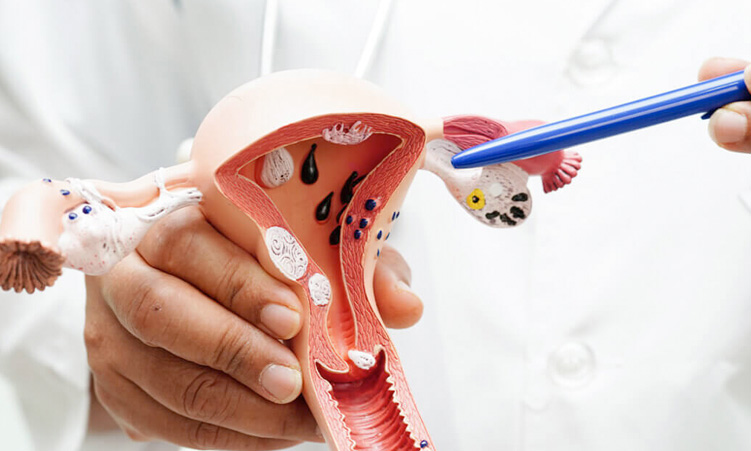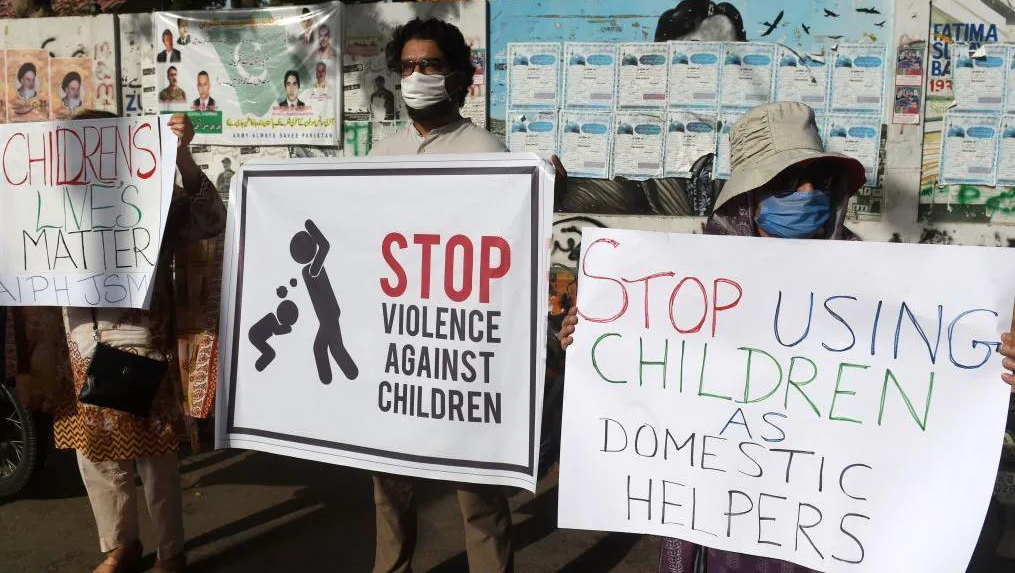Selma Fillipus (28) is a fruit and vegetable vendor struggling to make ends meet.
“It’s not enough. I’m a mother … It’s not enough to cater for myself, my three children, my mother and the rest of my family,” she says.
The sole breadwinner says customers at her Klein Windhoek stand have been few.
“Most of the customers only come over weekends. It’s not enough. We’re just doing business to keep us going,” she says.
Fillipus is among the almost a quarter of employed Namibians living in poverty, including those who are self-employed.
A recent report by the Economic Commission for Africa and the National Planning Commission shows that the poverty headcount in Namibia has more than doubled from 410 518 to 852 317 people in 2023.
As a proportion of the population, this has increased from 19.7% in 2017 to 25.6% in 2020 and 28.2% in 2023.
“Women continue to bear the brunt of poverty in Namibia. Although poverty has increased across all age groups since 2017, children and older people experience the highest levels of poverty,” the report states.
Poverty is not spread evenly across the country, with the Kavango East, Kunene and Zambezi regions presenting above average poverty rates, and the Erongo, Khomas and //Kharas regions being the least affected by poverty, the report states.
While admitting that Namibia’s safety net programmes have helped to reduce poverty among children and older Namibians, it has not been able to remedy the situation.
At least 618 000 Namibians are surviving on social grants.
These include old-age pensions, grants for orphans and vulnerable children, as well as disability grants.
“However, since children, the urban poor, women, people with disabilities and informal sector workers are expected to experience higher poverty levels in the future, further support is needed to protect such high-risk groups from the effects of the ongoing crisis, and to mitigate their risk of falling into or remaining further entrenched in poverty,” the report reads.
In 2023, the executive director of labour, industrial relations and employment creation, Lydia Indombo told The Namibian that 24 334 employees were retrenched between January 2018 and December 2023.
‘WHAT HAPPENED?’
Cirrus head of data and analytics Tannan Groenewald yesterday explained what happened to the economy during the period the report covers.
“So, from that point in 2017, it was a continuation of the poor state of the economy starting from 2015. The gross domestic product (GDP) in 2017 was 3.2% lower than in 2014 before the start of the decline.
“This continued through to 2019, before the Covid-19 year rubbed salt into the wounds,” he said.
Groenewald said while the overall economy in 2023 returned to pre-Covid-19 levels, this was almost solely driven by mining.
“GDP excluding mining and quarrying has remained below pre-Covid-19 levels until 2024. We still have to see quarter four of 2024’s GDP, but there haven’t been any major shocks across important sectors.”
Groenewald said individual sectors which only recovered in 2024 employed two thirds of the labour force in 2018.
“Construction employed 45 000 individuals, and 42 000 men, but this sector is only a quarter of what it was in 2015, and was impacted by the poor economy before Covid-19, as well as post-Covid-19,” the analyst said.
In the tourism, and wholesale and retail trade sectors, which employed 164 000 workers, the pandemic took its toll as well with closed borders and limited movement throughout the country.
“So, that explains the female employment loss and more disproportionately impacted women,” he said.
The report says urban residents have been feeling the poverty pinch.
Groenewald said strong migration into urban areas, more so of young men looking for jobs, contributes to this.
He said a lack of job opportunities means Namibians are now stuck in urban areas like Windhoek, where nearly half of the households involve shacks.
Informal housing covers 40% of the country.
“The number of shacks across the country has tripled from 2011 to about 220 000 households,” Groenewald said.
Increased reliance on state support is another factor to consider, he said.
UNCONDITIONAL INCOME GRANT
Economic and social justice activist Nafimane Hamukoshi says to understand what led to these statistics, various factors, such as economic conditions, employment opportunities and social welfare policies should be considered.
“However, the main reason for this increase is the lack of drastic measures taken by the government to address poverty and inequality in the country,” she says.
Hamukoshi says the current grant introduced by the government is discriminatory and does not cover everyone, leaving many individuals and families without adequate support.
The activist says a universal basic income grant would also cover and assist the working poor.
“This approach could help ensure that everyone has access to necessities, regardless of their employment status.”
THE WORKING POOR
Labour expert Herbert Jauch says an increasing number of employees earn extremely low wages.
“From the last figures, 70% of Namibians earned less than N$1 400 a month,” he says, referring to the 2018 labour force survey.
Jauch says although this group of people are employed, they struggle to make ends meet due to Namibia’s high cost of living.
“It’s what the International Labour Organisation calls the ‘working poor’, and this report now confirms that a large number of Namibians who work every day are still stuck in poverty.”
He says more and more young people are looking for work, but the labour market fails to provide them with opportunities.
Namibia does not have unemployment insurance available either, Jauch says.
“There’s nothing to cushion the fall for at least a few months or a few years. And this has contributed between 2016 and 2023 to the poverty situation getting worse,” he says.
Stay informed with The Namibian – your source for credible journalism. Get in-depth reporting and opinions for
only N$85 a month. Invest in journalism, invest in democracy –
Subscribe Now!










